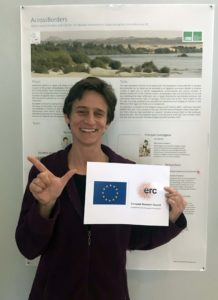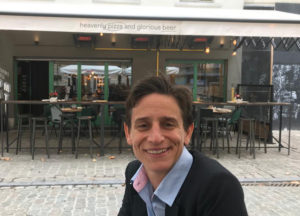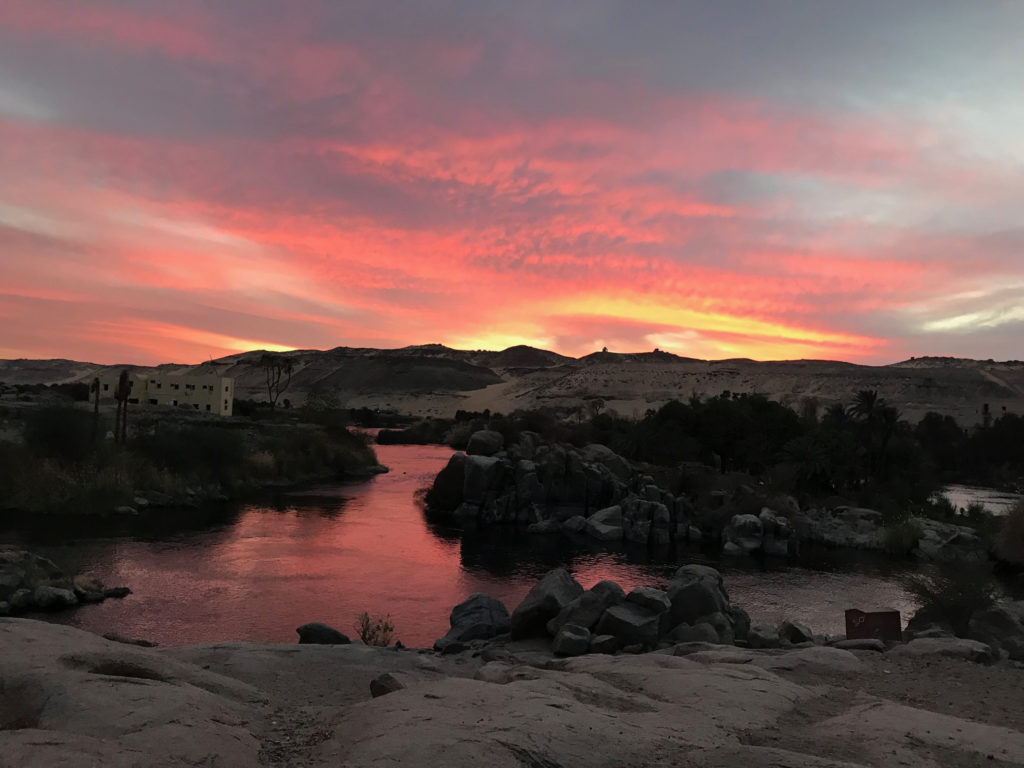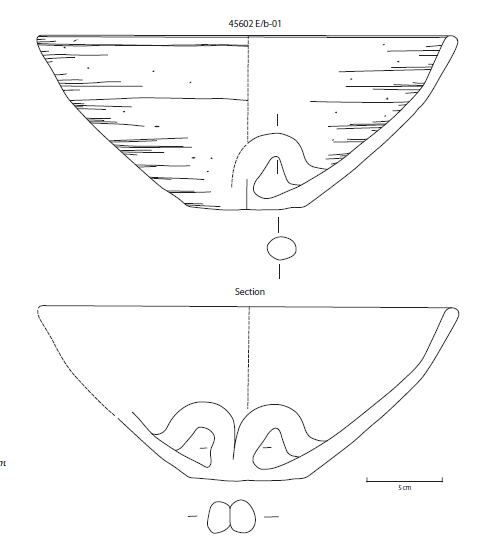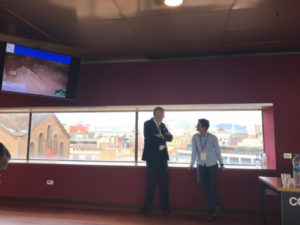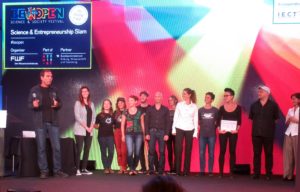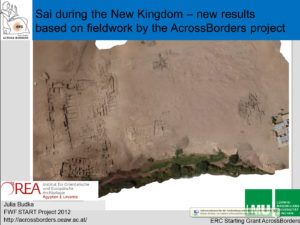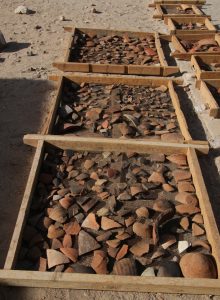Time flies by, also during the Covid-19 crisis – one of the small advantages of cancelled archaeological fieldwork in Egypt and Sudan is that there is more time to process old data and publish these accordingly.
I am proud to announce that we just submitted a book manuscript about Tomb 26 on Sai Island which will be hopefully printed later this year. This book is the final publication of Tomb 26, its architecture and material culture, including chapters on geology, human remains, scientific analyses and a compilation of the material discovered. As part of this publication, we prepared two sets of supplementary data which are already freely available via Open Data LMU:
- · Budka, Julia and Hinterhuber, Veronica: List of finds of AcrossBorders’ excavation in SAC5, Sai Island. 1. Februar 2021. Open Data LMU. 10.5282/ubm/data.217
- · Wohlschlager, Marlies and Stadlmayr, Andrea: Human remains from Tomb 26, Sai Island, AcrossBorders excavation. Supplementary data: age and sex determination. 8. Februar 2021. Open Data LMU. 10.5282/ubm/data.218
Furthermore, I am happy to inform that the AcrossBorders 2 volume is now available online (free open access provided via the Austrian Academy of Sciences Press). Hoping that this new access to important data from our excavations on Sai Island, including raw data, will be useful to many around the world – more will follow soon and we keep you posted.

